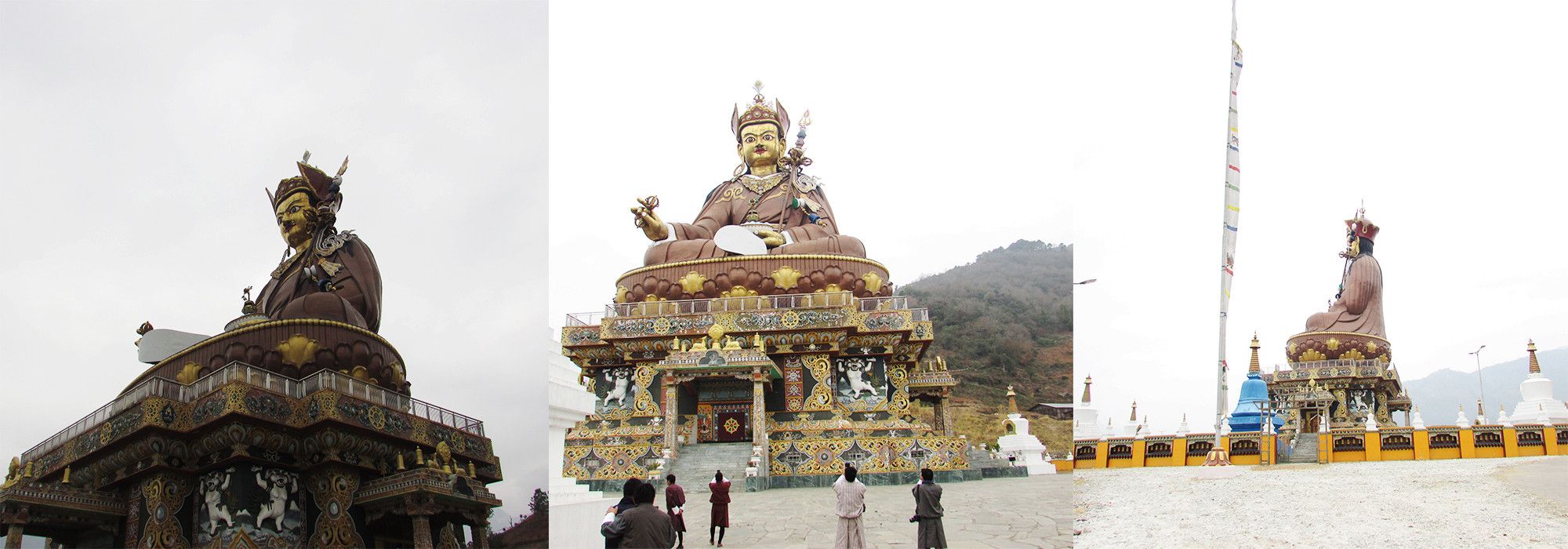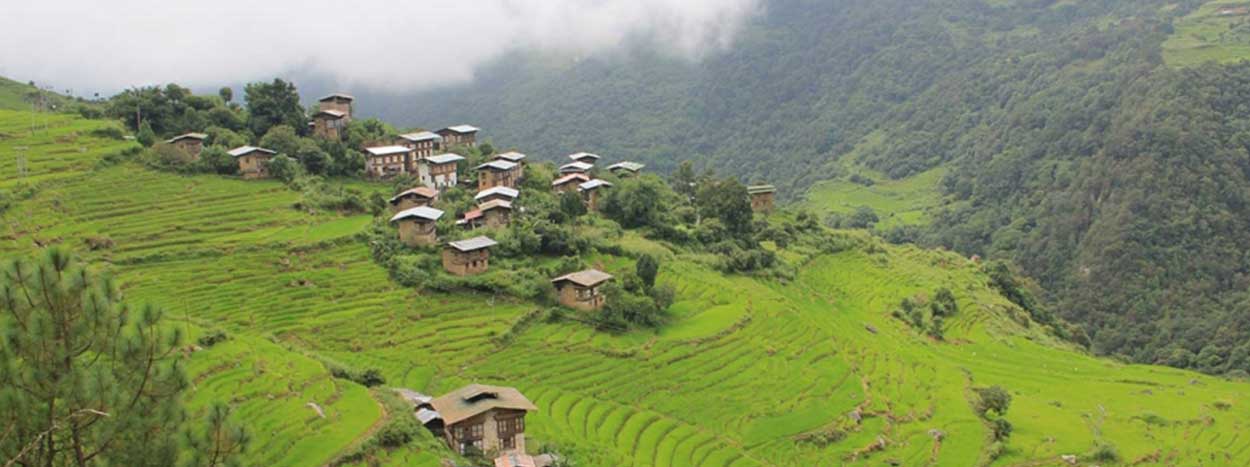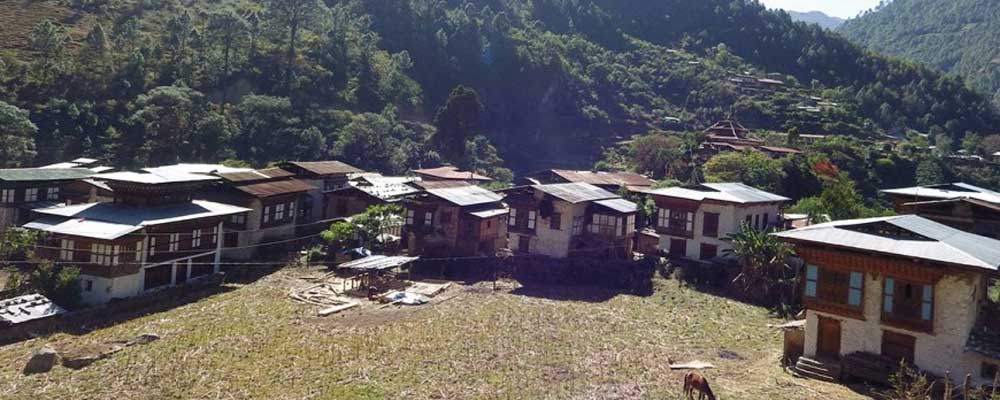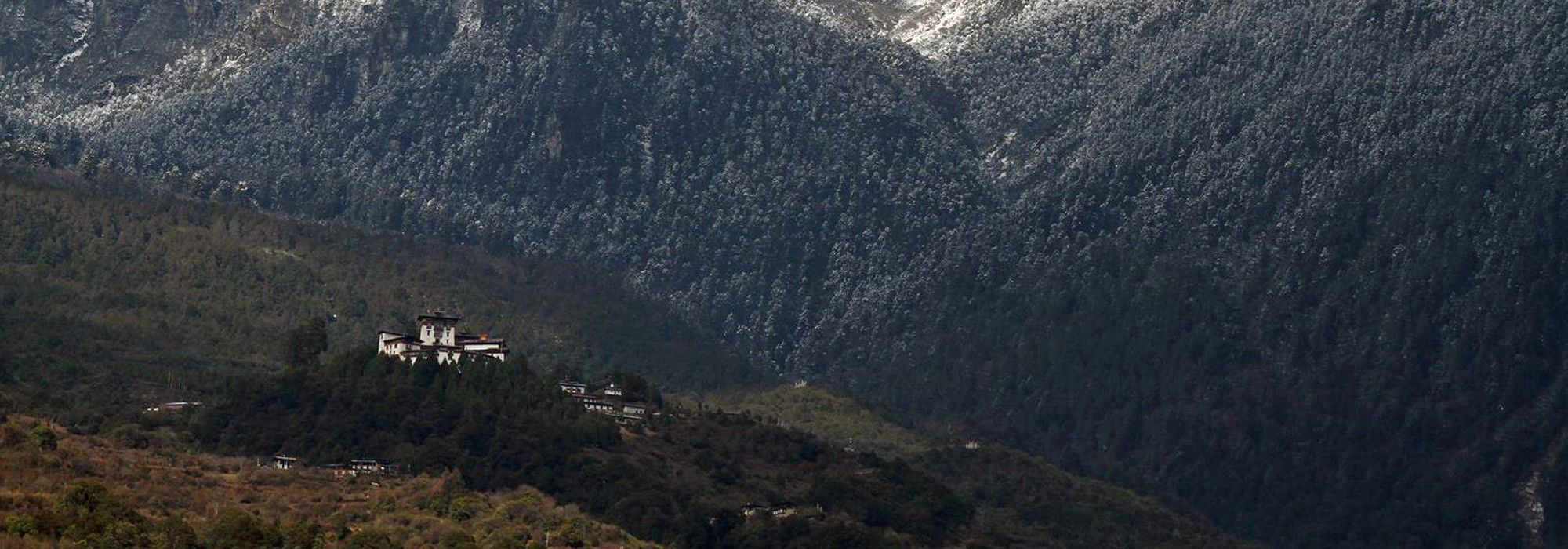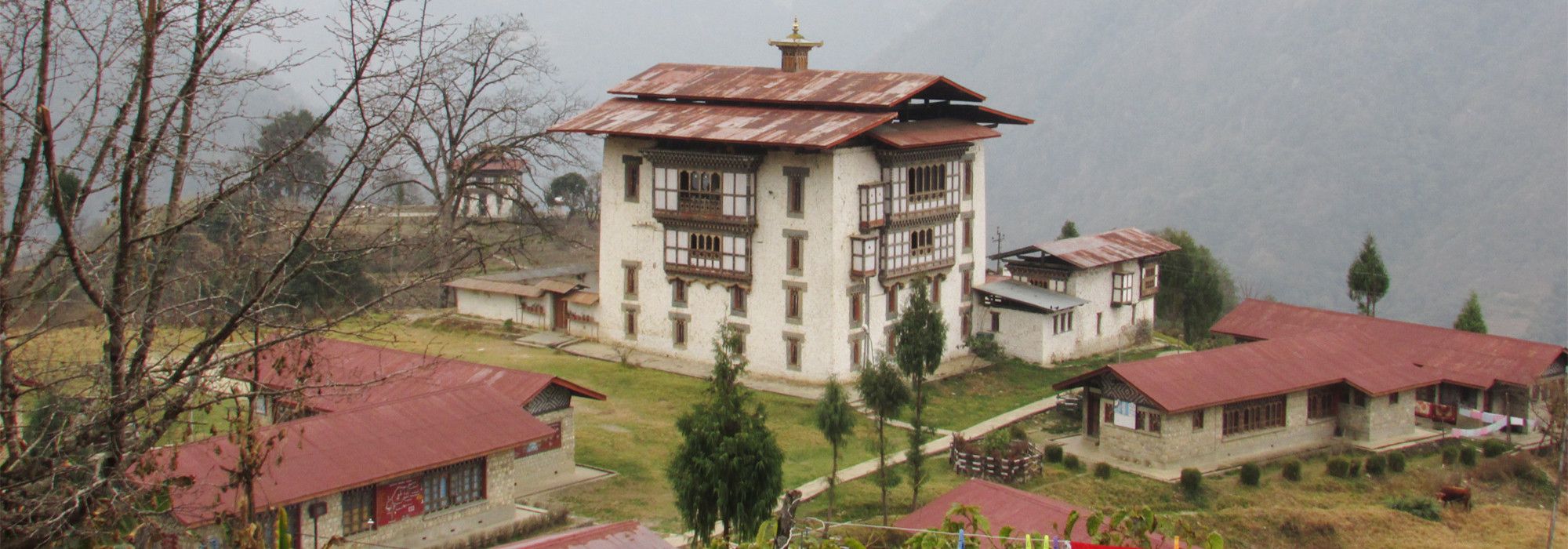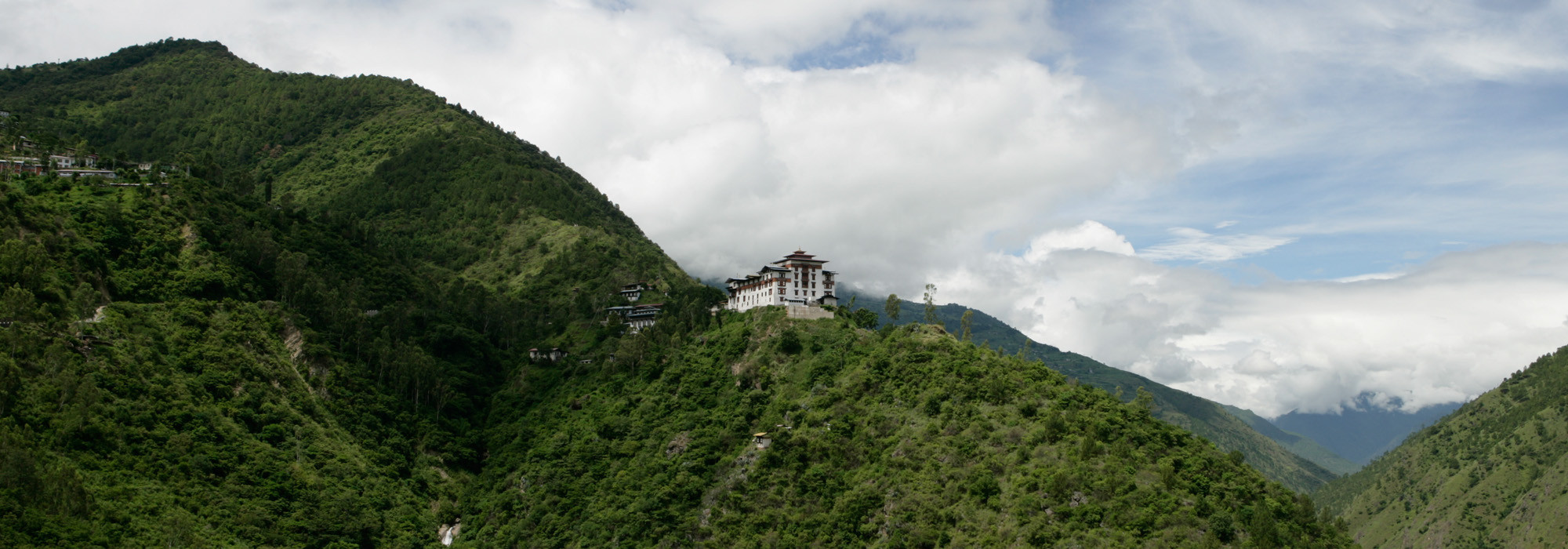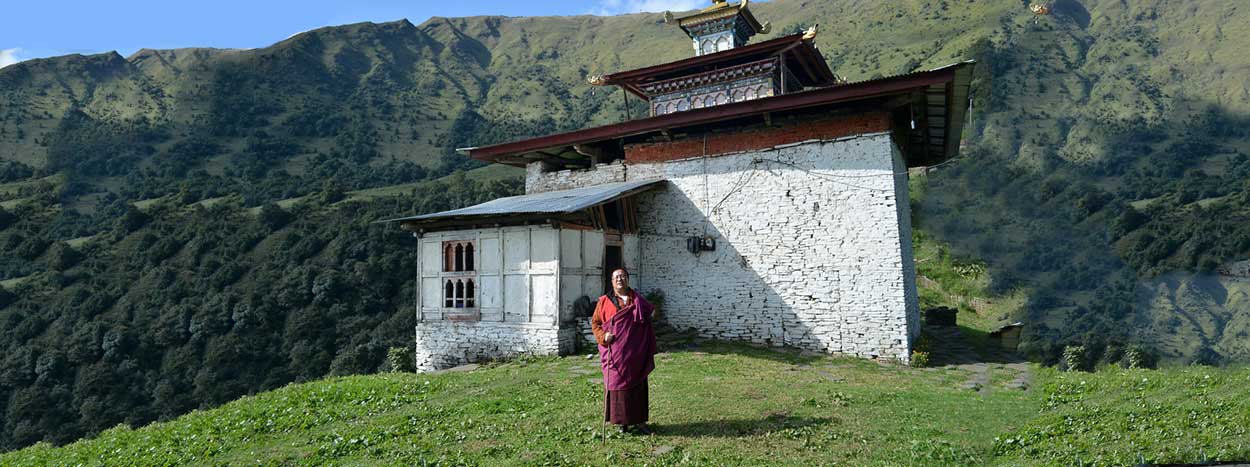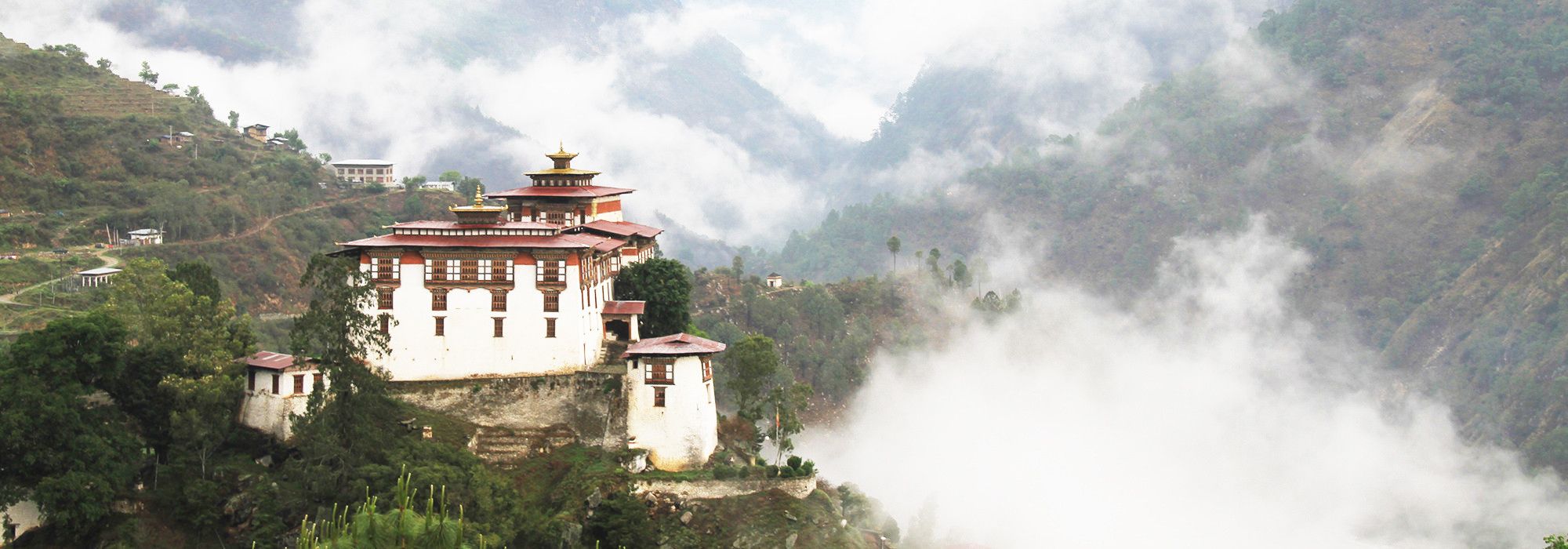Lhuentse Dzongkhag is bordered by Bumthang to the west, Tashiyangtse to the east, Mongar to the south and Tibet to the north. Lhuentse Dzongkhag is considered one of the remotest and least developed in the country. It covers an area of approximately 2853 km 2 with altitudes ranging from 600 to 5800 meters above sea level. High ridges, steep slopes, deep gorges and lowland in some areas characterize the topography. It has warm summer and cold winter. The annual average temperature ranges from 16 0 Celsius to 23 o and drop as low as 5 o in winter. Annual rainfall ranges from 1000 to 1500 mm. With 83.3% of the total land area under forest cover, it is home to many species of flora and fauna. Some parts like Jarey and Metsho Gewogs of the district fall under Thrumsingla National Park while Khoma and some part of Minjey fall under Bumdelling Wildlife Sanctuary. With 3001 households, it has a total population of 15,395 consisting 7727 males and 7668 females. The place is blessed with the visits of many holy figures like Guru Rinpoche, Pema Lingpa and many other Drukpa Lamas in the past. It also takes pride in being the ancestral home of our beloved Kings with splendid Jigme Namgyel Nagtshang restored to its original grandeur. The Dzongkhag is enriched with deep rooted tradition and culture with every Gewog endowed with its own unique local cultural festivals which are celebrated around the year. Similarly Kishuthara the most coveted Bhutanese women’s attire is produced in this place, at Khoma, which is an hour’s drive from the Dzongkhag. Six of Lhuentse Gewogs are connected by the farm road (Tsenkhar being already connected by the national highway) with the Dzongkhag. The road construction for the Jarey Gewog is almost complete with only finishing works in progress. More over the Government considering the remoteness of the Dzongkhag and its high poverty incidence has begun the construction of 67 km Inter-Dzongkhag connectivity road with Bumthang. Introduction of rural telephone and B- mobile services has further shrunk the Dzongkhag into a small village. It has achieved over 98% of telecommunication connectivity with only Tsango village under Khoma left unconnected due to sheer distance.
- bletours@gmail.com
- 00975 - 2 - 333935
- Wechat ID: bletours
- WhatsApp: 00975 77116563

